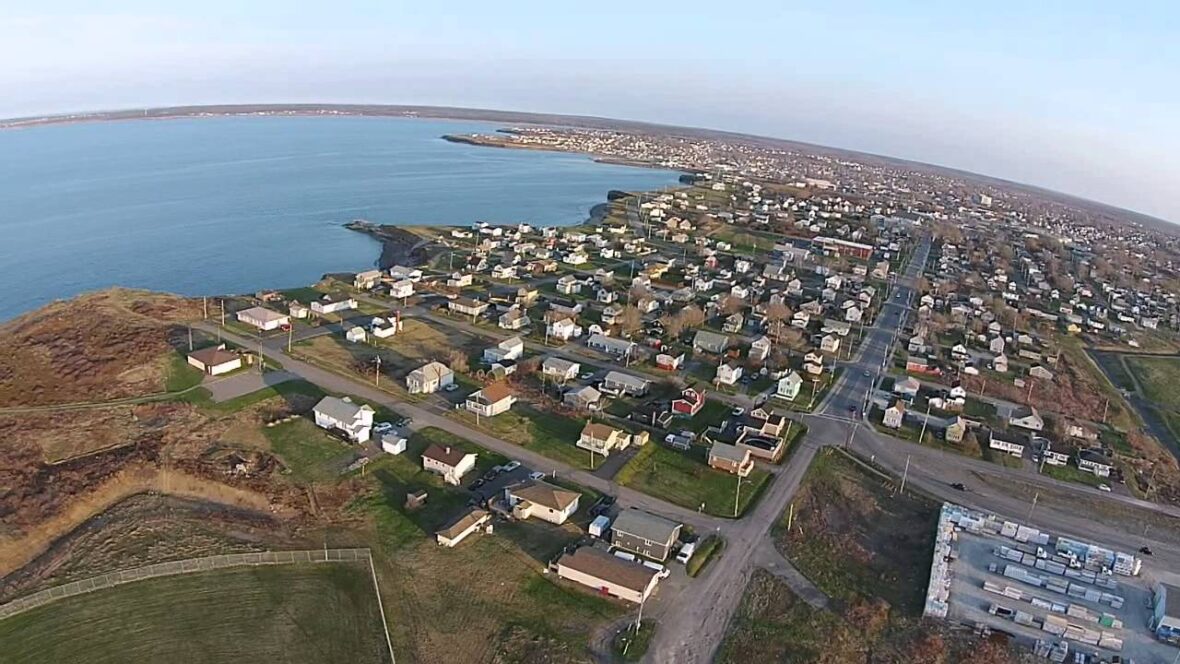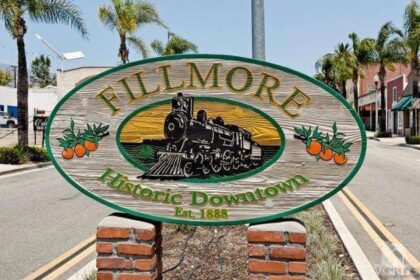Glace Bay (Scottish Gaelic: Glasbaidh) is a community in the eastern part of the Cape Breton Regional Municipality in Nova Scotia, Canada. It forms part of the general area referred to as Industrial Cape Breton. Take a look below for 28 interesting and awesome facts about Glace Bay, Nova Scotia, Canada.
1. Formerly an independently incorporated town (1901–1995), the municipal government in Glace Bay was dissolved and the community has been amalgamated into the larger regional municipality.
2. Prior to amalgamation, Glace Bay had been the province’s fourth largest urban area and the largest town in Nova Scotia by population.
3. Neighbouring communities include Reserve Mines, Dominion, and Tower Road.
4. As early as the 1720s, the French inhabited the area to supply Fortress of Louisbourg with coal.
5. They named the location baie de Glace (literally, Ice Bay) because of the sea ice which filled the ocean each winter. In 1748, after the capture of Fortress Louisbourg, the British constructed Fort William at Table Head in order to protect a mine that produced coal to supply the Louisbourg garrison.
6. The fort itself was a blockhouse, brought from Boston, with a palisade.
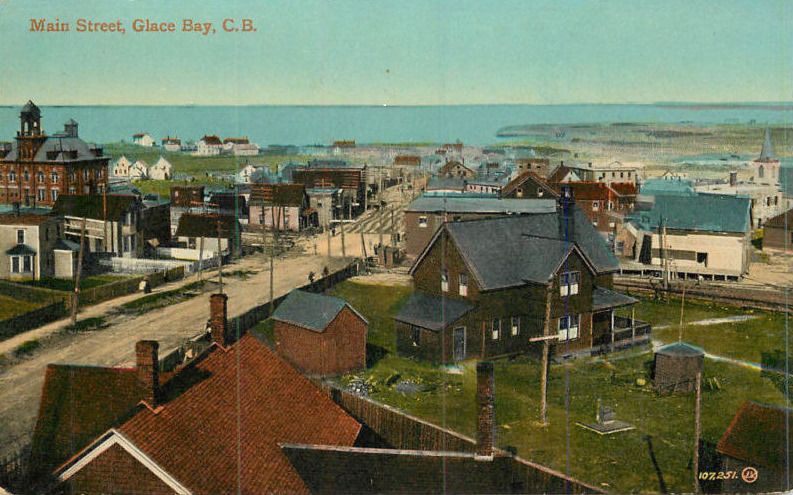
7. When Cape Breton Island was returned to French control, Fort William continued in service until 1752 when it was destroyed by fire.
8. More permanent settlement of Glace Bay probably can be dated from 1818 when Walter Blackett obtained a grant of land on the south side of the Bay.
9. The first large mine, the Hub Shaft of Glace Bay opened in 1861 and a total of 12 mines in Glace Bay were in operation.
10. Following the formation of the Dominion Coal Company in 1893, the coal mining industry expanded significantly in what was to become Glace Bay with the opening of several new mines.
11. In 1894, the government gave exclusive mining rights to the Dominion Coal Company.
12. Small communities grew up around the mines and by 1901 they came together to form the Town of Glace Bay.
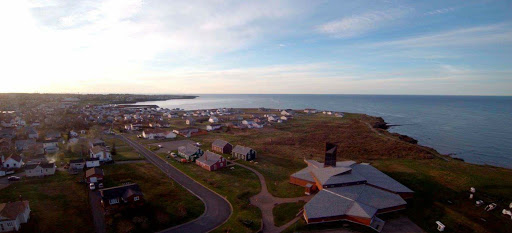
13. During the early 20th century, mining companies recruited in the American South for workers, attracting African Americans from Mississippi.
14. By the 1940s, the figure exceeded 28,000 and Glace Bay became Canada’s largest town (in population).
15. Fishing was also an important industry throughout the 20th century. However, by the 1990s fish stocks were so depleted that the fishery was closed. Some fish processing still occurs here.
16. The former town of Glace Bay has a population of slightly fewer than 20,000 people.
17. In 2001, a call centre operated by Stream Global Services, using post-industrialization subsidies opened.
18. The Swiss mining consortium Xstrata was the primary partner in the Donkin Coal Development Alliance, which won the rights to develop an abandoned mine site in the nearby community of Donkin.
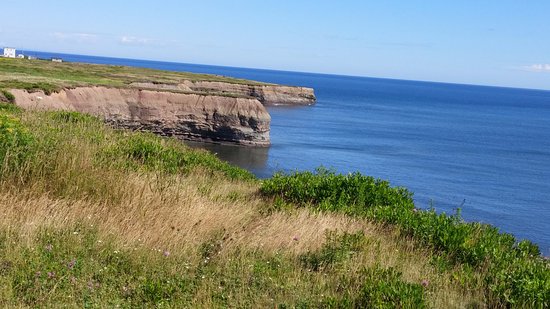
19. Currently, the mine is owned by Kameron Collieries, a subsidiary of Cline Group LLC which purchased the operation in 2014–2015. Coal production commenced in February 2016 and by the fall of 2018, the mine had 120 employees.
20. The Marconi National Historic Site of Canada is located at Table Head in Glace Bay.
21. The local landscape is heavily forested and hilly. Some of the low-lying areas at the bottom of hills consist of marshes and bogs. There are rocky cliffs around the ocean along most of the coast and erosion continues to be a problem in some areas; part of North Street fell into the ocean due to erosion and the street was split into Upper and Lower North Street.
22. Many areas surrounding former coal mines are experiencing subsidence as the old mine shafts collapse. There are several brownfields around the community at former industrial sites.
23. Glace Bay has a large amount of forests and swamp surrounding the town and within the town limits. Mammals present in Glace Bay include squirrels, rabbits, fox, deer, mice, muskrats, cats, dogs, and coyotes.
24. Bird species include ducks, great horned owls, Canada geese, crows, gulls, and pigeons.

25. Glace Bay and the surrounding areas are heavily forested. Common deciduous trees in Glace Bay include poplar, maples, and birches.
26. Oaks, elms and beech trees are also present but they are less common.
27. The introduced Asian plants of Japanese and Giant Knotweed are common throughout the town and surrounding woodlands and are colloquially known as “elephant ears”.
28. Federally, Glace Bay is located in the riding of Cape Breton–Canso, currently held by Liberal MP Mike Kelloway. Provincially, the riding of Glace Bay, which is formed by the former town boundary is currently held by Liberal MLA Geoff MacLellan who won a by-election on June 22, 2010. The riding had been held for ten years by Liberal MLA Dave Wilson until his resignation in March 2010.

